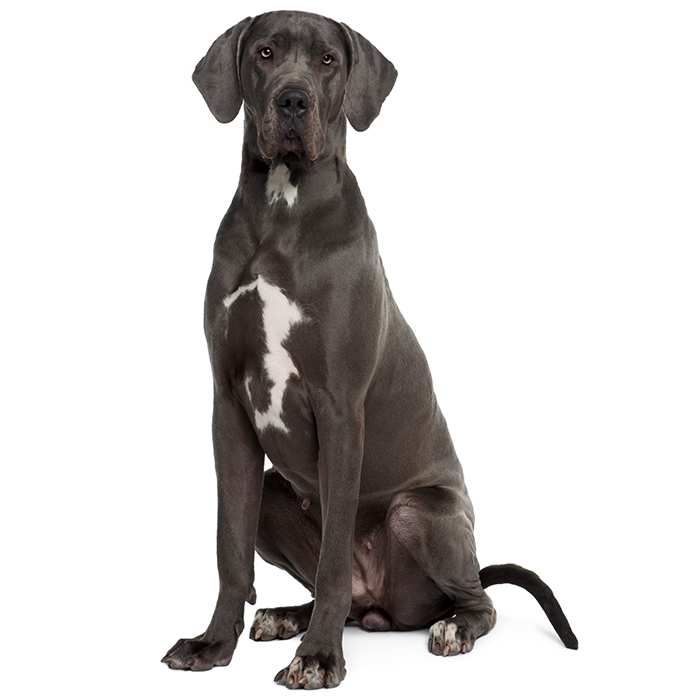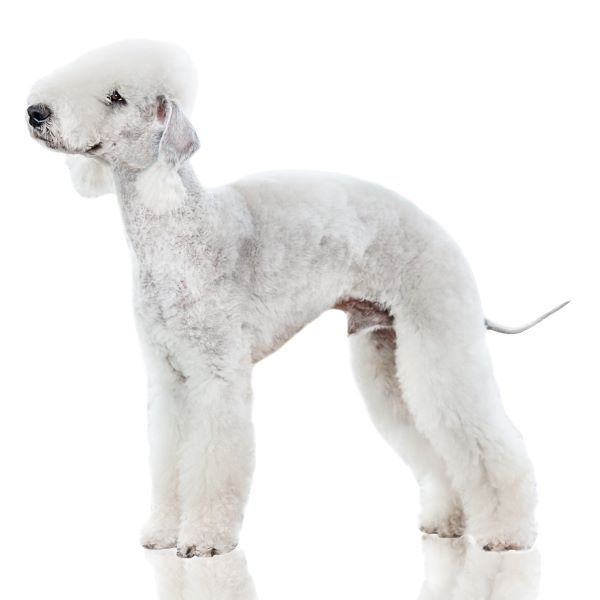French Bulldog
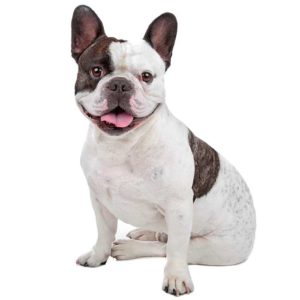

| Recommended for | Singles, families |
| Breed Classification | Non-sporting group |
| Other names | The Frenchie |
| Lifespan | 12-16 years |
| Size | Small to Medium |
| Temperament | Gentle, playful, friendly |
| Intelligence | Average |
| Tendency to bark | Low |
| Maintenance Level | Low |
| Health Risk | High probability of health issues during its lifetime, hence it is one of the more expensive breeds to insure. |
Insuring a French Bulldog?
Get award-winning cover with more benefits and up to 80% of eligible vet bills reimbursed. Find out about your cover options.
Get a quick quote
Is this breed right for you?
Try our breed selector quiz to find out your best matching breed!
Insuring a French Bulldog?
Get award-winning cover with more benefits and up to 80% of eligible vet bills reimbursed. Find out about your cover options.
Get a quick quote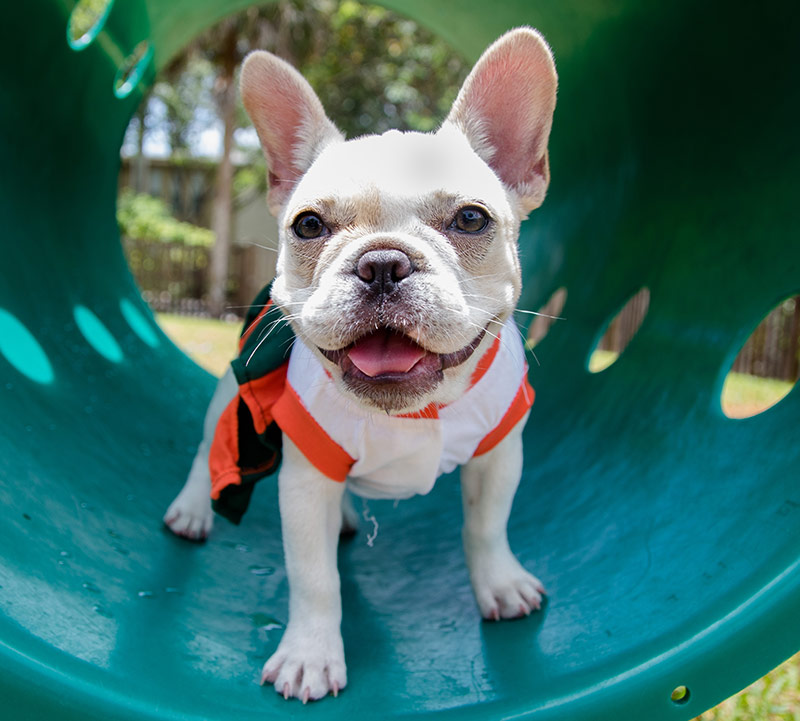
Breed history of French Bulldogs
The origin of the French Bulldog goes back to the ancient world. The dogs of Molossian Greeks were spread throughout the ancient world by traders and, once they arrived in England, they developed into the Mastiff.
The Bullenbeisser, a sub-family breed of the Mastiff, were used in the practice of bull-bating, a sport where specially trained dogs would attack a restrained bull one at a time. This practice was made illegal in England in the early 1800’s and the bull dogs no longer had any working use. After some cross breeding with terriers and pugs in England in the mid-1800’s, a much smaller Bulldog was developed.
During the industrial revolution, these small bulldogs found their way to France with lace workers from Nottingham who crossed the channel to settle in Normandy. The small sized bulldogs quickly gained popularity on the continent and dog breeders in England sent more and more of them to France. It’s from here, with the help of French Bulldog breeders, that the breed gained the name Bouledogue Francais, or the French Bulldog as it’s known to us in Australia.
A favourite of urban dwellers since the mid-1800s, the French Bulldog remained in vogue for high society well into the 20th Century with the breed ranking in the top five from 1909 to 1914. In recent times it has gained renewed popularity with Australian families.
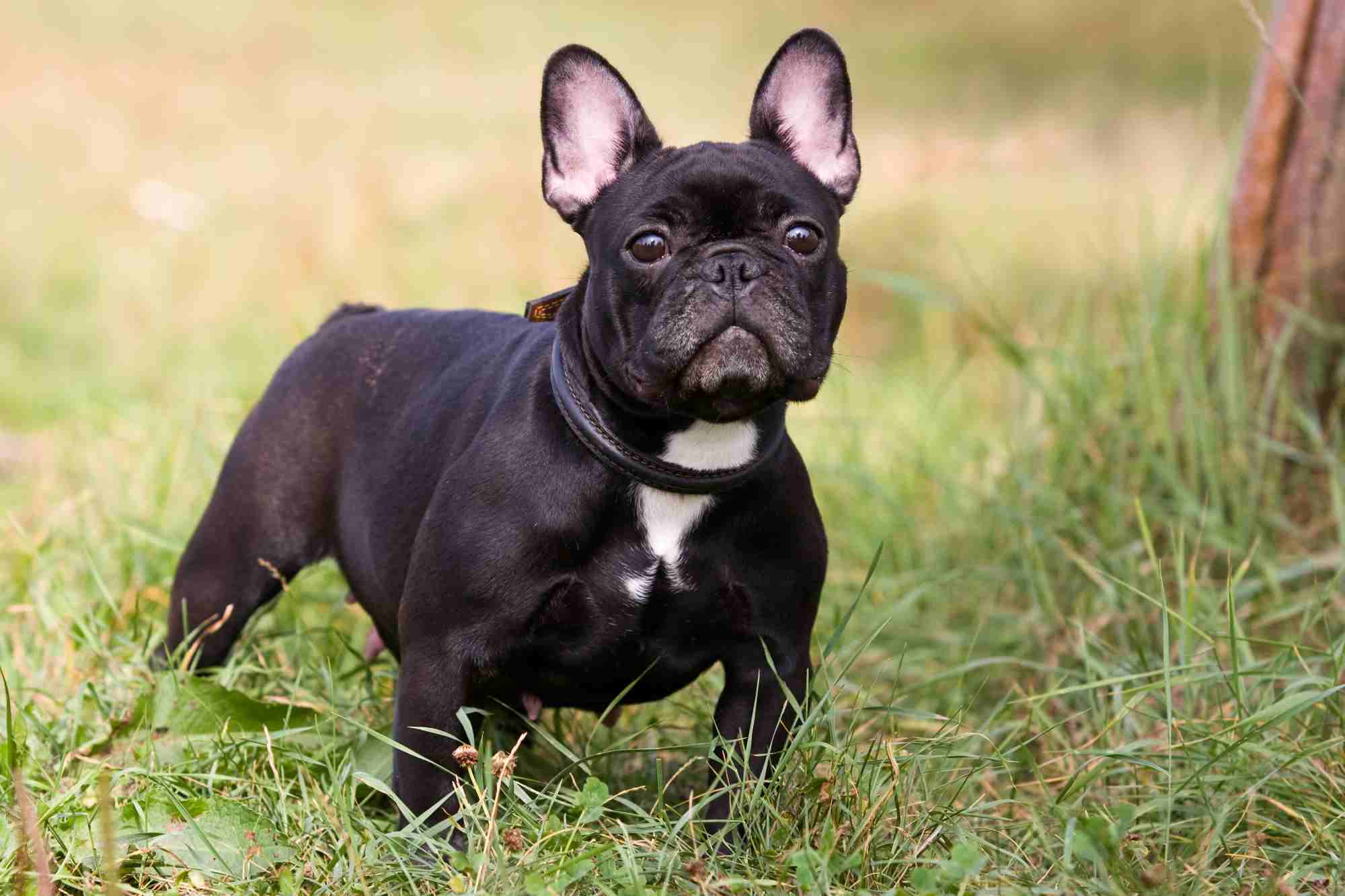
Physical description of French Bulldogs
The French Bull Dog is of small to medium stature with a compact, muscular body and short legs. Their coat is smooth and glossy.
The head is large and square, with and the extremely short muzzle is characterised by heavy wrinkles rolled above it, giving their face a cute, squished up appearance.
They resemble a miniature Bulldog, except for their distinctive large, bat ears.
| Weight range | 10 to 13 kg |
| Height range | 28 to 33 cm |
| Colours | Brindle, white, cream, fawn solid or in combinations |
| Coat length | Short |

French Bulldog personality and temperament
A very loyal and a dependable companion, French Bulldogs bond closely with their owners and a great deal of human connection is essential to their wellbeing.
French Bulldogs are real charmers. They are playful, friendly, reliable, clownish, good-spirited, affectionate and completely irresistible.
Because they adapt well to their owner’s lifestyle they are a very popular breed, suitable for older people, families and adult households alike. Suitable for apartment living, they don’t typically bark without good reason.
What they don’t like is being left alone without any company, so if you go on holiday it’s best you take them with you.
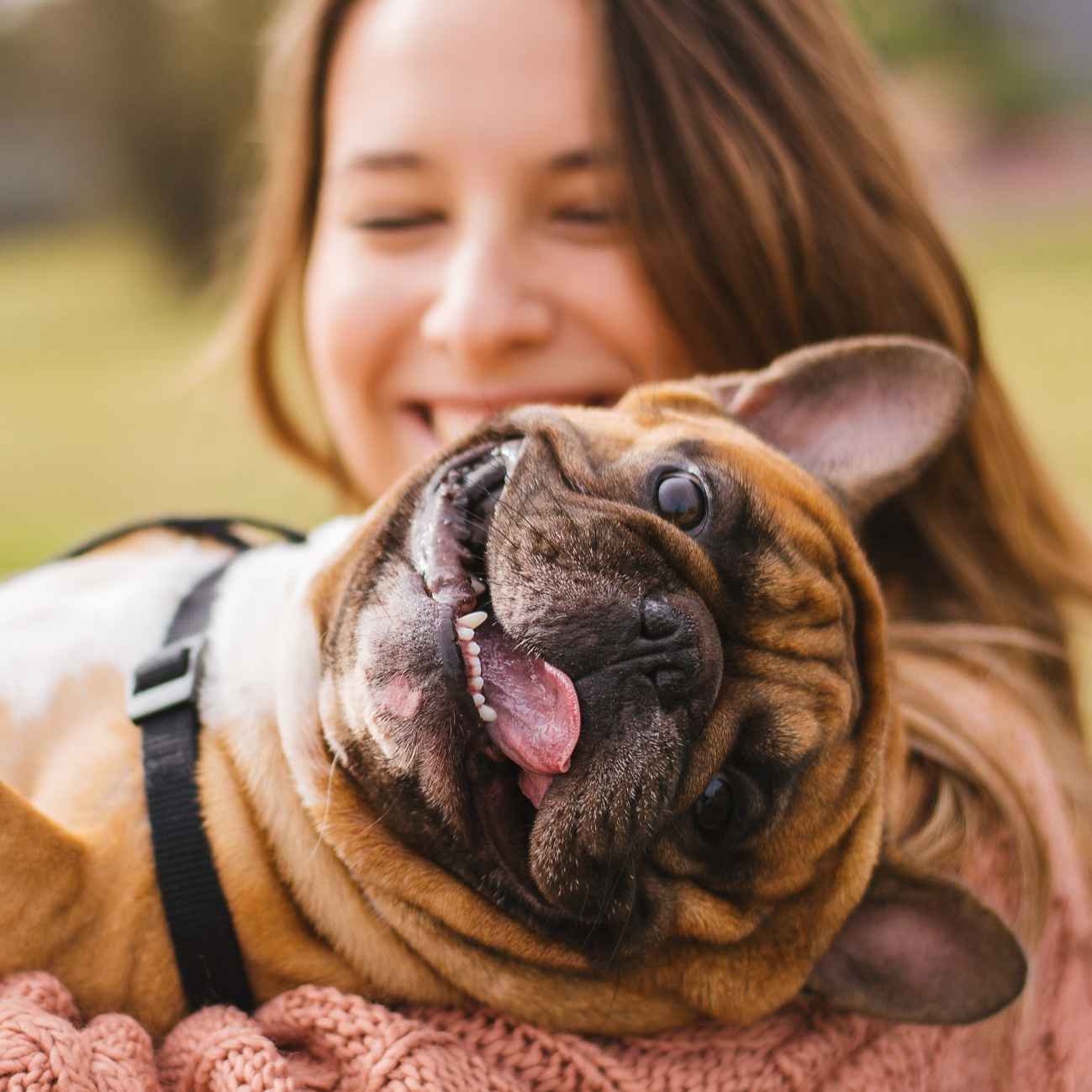
French Bulldogs with kids and other pets
French Bulldogs have a very good reputation for playing nicely and gently with kids. This makes them a popular choice for families.
Small but sturdy, they make charming, affectionate, playful and amusing companions for children of all ages.
Frenchies tend to get on well with other animals. However, they can become aggressive towards other dogs, especially those of the same sex.
To avoid problems down the track, socialise your French Bulldog often, starting from a young age.
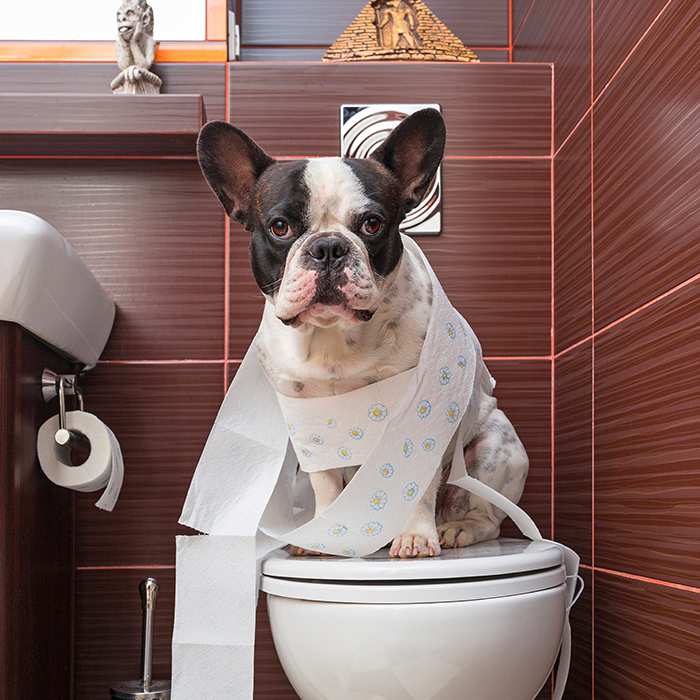
French Bulldog training and exercise
The French Bulldog doesn’t require much dedicated exercise beyond a short daily walk or outdoor play session with their owner each day to keep in shape. They are energetic so can be quite boisterous and love a good rumble, preferably followed by a long nap!
Frenchies do enjoy participating in canine sports such as obedience, agility, and rally. As a flat-faced breed, however, they are prone to breathing difficulties and should never be allowed to exert themselves in hot or humid weather.
With their big personalities and tendency to stubbornness, French Bulldogs can be a challenge to train, requiring patience and a consistency in their management. The proper motivation (such as food) and making a game of the training process will help to ensure their cooperation.
Socialising them at an early age is highly recommended.
| Energy level | Medium |
| Exercise requirements | Low |
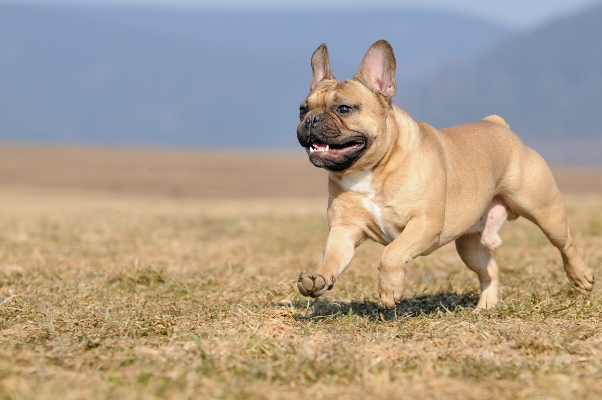
French Bulldog feeding and nutrition
A high-quality dog food appropriate to the dog’s age (puppy, adult, or senior) and activity level will provide the nutrients the breed needs.
Frenchies are prone to obesity, which can result in damage to their physical structure such as joints and puts them at higher risk for some of the breed’s health issues. Therefore it is vital to closely monitor their calorie intake and weight.
Check with your vet if you have any concerns about your dog’s weight or diet.

French Bulldog care and grooming
The Frenchie’s short coat sheds minimally. Weekly brushing will help to remove loose hair, promote new hair growth and distribute skin oils throughout the coat to help keep it healthy.
A Frenchie’s facial folds should be kept clean and dry.
Health issues for French Bulldogs
There are a number of conditions, health issues and problems that affect the breed, especially during the Australian summer. Like all flat-faced breeds, Frenchies are prone to breathing problems and do poorly in hot or humid weather. They also often have difficulty regulating their body temperature and this can result in some complications.
- Brachycephalic Airway Syndrome is a major condition for the breed and can result in attacks of severe respiratory distress. Because the French Bulldog has a compacted snout and airway, it may encounter problems with the regulation of its temperature. This can be deadly for a French Bulldog if not carefully monitored. Subjecting the breed to extreme temperatures must be avoided.
- Von Willebrand’s Disease is quite common in French Bulldogs. This disease causes clotting problems in the blood. Failure for the blood to clot properly can result in a number of serious health issues.
- Megaesophagus refers to a a number of oesophageal disorders. It’s quite common for French Bulldogs to regurgitate the contents of their stomach after exercise or eating. If not monitored and treated, the continued regurgitation of phlegm and food associated with megaesophagus can result in a case of aspiration pneumonia.

- Corneal Ulcers are more likely to occur in French Bulldogs once they are over the age of five. The ulcers are usually caused by abrasions to the eye like rubbing on carpet or a cat scratch. A less common cause is a bacterial infection. Corneal ulcers are very painful. Dogs will rub the eye with their foot or on a rough surface to try to relieve the soreness.
- Pannus is the abnormal growth of tissue over the cornea that can affect the French Bulldog. Cherry eye is a common term for prolapse of the third eyelid gland. The result is a third inverted eyelid.
Not all conditions are covered by Pet Insurance. For details of Bow Wow Meow Pet Insurance cover, refer to the Product Disclosure Statement.
What do French Bulldog owners claim for the most?
- Otitis Externa
- Skin Allergy
- Dermatitis
- Brachycephalic Airway Obstruction Syndrome (baos)
- Vomiting
Thinking about insuring a French Bulldog
Thinking about insuring a French Bulldog
Learn moreThinking about insuring a French Bulldog
Learn moreFree engraved pet ID tag on sign up3
Customer Satisfaction
21 day cooling off
Easy to use Pet Portal

GapOnly® in vet claims
MORE INFORMATION
The French Bulldog Club of NSW: http://www.frenchbulldogclubnsw.asn.au/
French Bulldog Club of QLD: http://qldfrenchbulldogclub.com/
French Bulldog Rescue and Adoption Association of VIC: http://www.frenchbulldogrescueandadoption.com/
French Bulldog Awareness Group of WA: http://www.frenchbulldogswa.com.au/


